Ethereum 3.0 Launch: What’s New in the Next Evolution of Smart Contracts?
As blockchain technology continues to revolutionize various industries, Ethereum remains at the forefront of innovation. With the highly anticipated Ethereum 3.0 launch in 2025, the network is set to undergo significant changes that will enhance scalability, security, and the capabilities of smart contracts. Ethereum 3.0 promises to build on the foundation laid by Ethereum 2.0, further solidifying its position as the most widely used blockchain platform for decentralized applications (dApps) and smart contracts.
In this article, we’ll take a deep dive into the Ethereum 3.0 launch, exploring the key features and changes that are set to transform the ecosystem and offer an even better experience for developers and users alike.
The Evolution from Ethereum 2.0 to Ethereum 3.0
Ethereum 3.0 marks the next evolution of Ethereum, improving upon the foundational work done by Ethereum 2.0. Ethereum 2.0, which introduced the Proof of Stake (PoS) consensus mechanism and the Beacon Chain, laid the groundwork for greater scalability and energy efficiency. However, Ethereum 3.0 will take things even further with major upgrades designed to optimize smart contracts, decentralized finance (DeFi), and NFT ecosystems.
1. Enhanced Scalability with Shard Chains
One of the most anticipated features of Ethereum 3.0 is the introduction of shard chains. Sharding is a process where the blockchain is divided into smaller, manageable pieces, known as shards, each capable of processing its transactions and smart contracts independently. This dramatically increases the network's scalability, allowing it to handle more transactions and dApp operations simultaneously.
How Shard Chains Work:
- Ethereum 3.0’s shard chains will allow for parallel processing of transactions, as opposed to the current method of sequential processing in Ethereum 1.0 and 2.0.
- Each shard will be capable of processing a subset of transactions, reducing the overall congestion and increasing the speed of the network.
- This development will allow Ethereum to scale to a much higher transaction throughput, making it more suitable for mainstream use in industries such as finance, gaming, and supply chain management.
Why It Matters: With shard chains, Ethereum will be able to accommodate a massive increase in users and applications without sacrificing speed or reliability.
2. Increased Smart Contract Efficiency and Flexibility
Smart contracts are the backbone of the Ethereum network, allowing developers to build decentralized applications that run automatically when specific conditions are met. Ethereum 3.0 brings several upgrades to improve the efficiency, flexibility, and security of smart contracts:
Key Improvements for Smart Contracts in Ethereum 3.0:
- EVM 2.0: Ethereum 3.0 will introduce a new version of the Ethereum Virtual Machine (EVM), which will allow smart contracts to run more efficiently while reducing computational costs.
- Optimized Gas Fees: Ethereum 3.0 will feature a more refined gas mechanism, allowing smart contracts to execute with lower fees and greater cost predictability. This makes it more accessible for both developers and users to interact with dApps.
- Cross-Shard Smart Contracts: With the addition of shard chains, smart contracts in Ethereum 3.0 will be able to operate across multiple shards, facilitating more complex interactions between decentralized applications.
Why It Matters: These upgrades will make Ethereum 3.0 a more developer-friendly platform, enabling them to create highly scalable and secure applications with greater flexibility.
3. Improved Security and Privacy Features
Security has always been a top priority for Ethereum, especially with the rise of decentralized finance (DeFi) and the high value of assets stored on the Ethereum blockchain. Ethereum 3.0 introduces several security improvements designed to protect users and applications from threats like hacks, fraud, and exploitation.
Ethereum 3.0 Security Enhancements:
- Zero-Knowledge Proofs (ZKPs): Ethereum 3.0 will enhance its use of zero-knowledge proofs, which allow for private transactions while maintaining the integrity and transparency of the blockchain. This feature is especially useful for protecting user data and confidential information.
- Layer-2 Solutions Integration: Ethereum 3.0 will integrate even more Layer-2 scaling solutions like Optimistic Rollups and ZK-Rollups, which help reduce network congestion and offer additional security layers for transaction verification.
- More Robust Consensus Mechanisms: Ethereum 3.0 will further enhance its Proof of Stake (PoS) model with additional security features to prevent attacks such as 51% attacks and double-spending.
Why It Matters: These improvements will increase the overall security of the Ethereum network, making it a more trustworthy platform for developers, users, and businesses to build and interact with dApps and digital assets.
4. Enhanced Interoperability with Other Blockchains
Another exciting feature of Ethereum 3.0 is its focus on interoperability with other blockchains. This will enable seamless communication between Ethereum and other blockchain networks, facilitating cross-chain transactions and decentralized applications.
Cross-Chain Communication:
- Ethereum 3.0 will implement bridges to connect with other major blockchains like Bitcoin, Polkadot, and Solana, allowing for cross-chain smart contracts.
- These bridges will facilitate the transfer of assets, tokens, and data between Ethereum and other blockchain ecosystems, broadening the reach of decentralized applications and increasing the overall utility of the Ethereum network.
Why It Matters: Interoperability will ensure that Ethereum remains an integral part of the broader blockchain ecosystem, opening up new use cases and business opportunities.
5. Sustainability and Energy Efficiency
Ethereum’s transition from Proof of Work (PoW) to Proof of Stake (PoS) in Ethereum 2.0 already marked a significant step toward making the blockchain more energy-efficient. Ethereum 3.0 will build upon this progress by incorporating sustainability initiatives, such as optimized consensus mechanisms and improved energy efficiency across its network.
- Lower Carbon Footprint: PoS will continue to reduce Ethereum’s carbon footprint, making Ethereum 3.0 a more sustainable choice for developers and companies looking to engage in green technology.
- Optimized Network Operations: Ethereum 3.0 will reduce overall energy consumption through more efficient transaction processing and resource allocation across shards and Layer-2 solutions.
Why It Matters: As the world increasingly prioritizes sustainability, Ethereum’s continued focus on energy efficiency will help it stay relevant in a world concerned about environmental impact.
Conclusion: The Future of Ethereum and Smart Contracts
The launch of Ethereum 3.0 represents a major leap forward in the evolution of smart contracts and decentralized applications. With shard chains, improved smart contract capabilities, increased security, and enhanced interoperability, Ethereum 3.0 is positioning itself to lead the way in blockchain innovation.
The continued upgrades to scalability, security, and cost-efficiency will make Ethereum 3.0 an even more attractive platform for developers, users, and businesses looking to build on the blockchain. As Ethereum’s influence in the blockchain space continues to grow, Ethereum 3.0 will play a pivotal role in the development of the next generation of smart contracts and decentralized systems.
🚀 Ethereum 3.0 is not just an upgrade; it’s the future of blockchain. Stay tuned for its transformative impact!
4o mini















